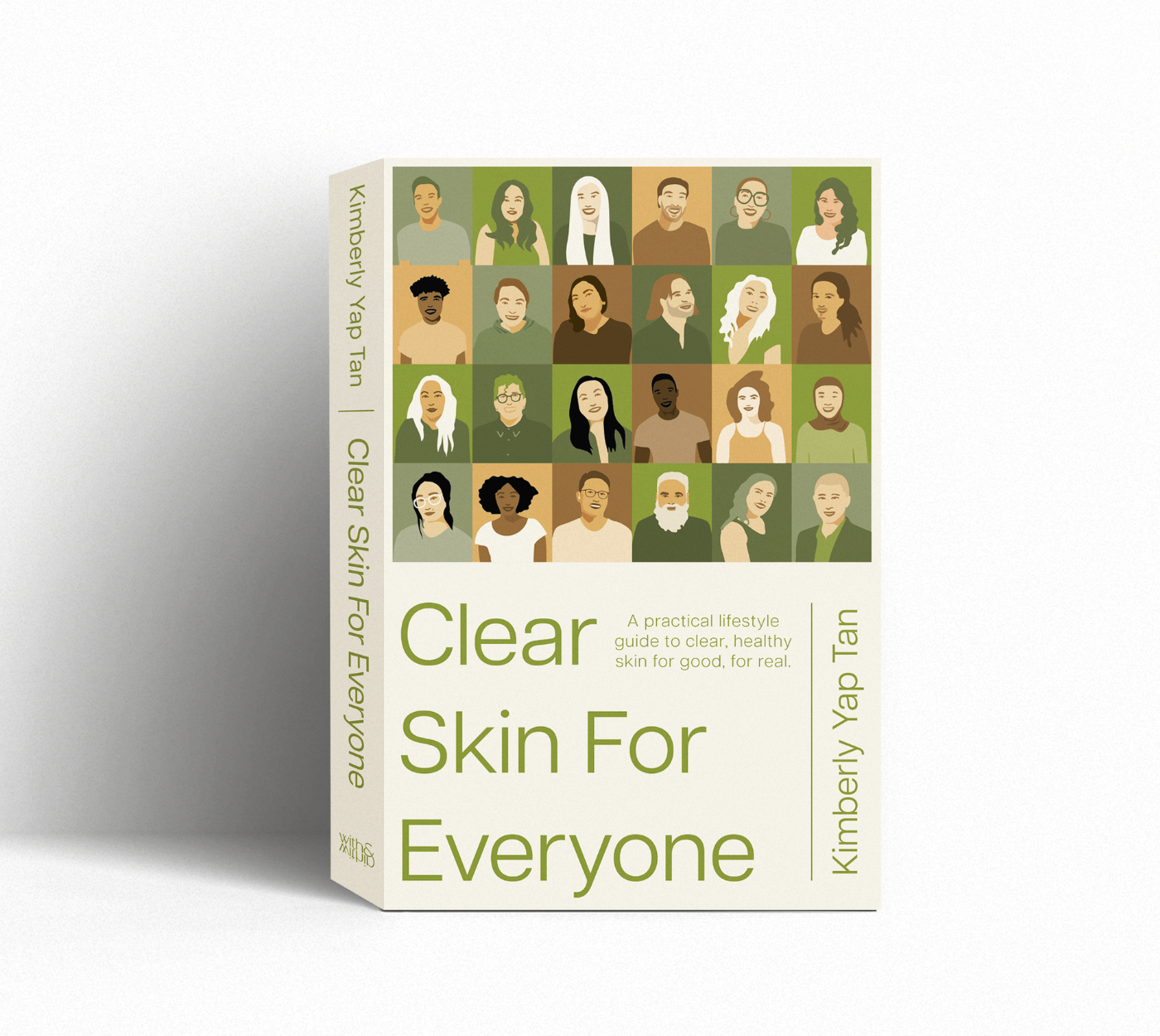
acne 101

everybody knows how acne looks, but less commonly known is what it actually is, how it works or how to manage it successfully for the long term. here i clarify what's really going on under the skin's surface to help you better understand how to clear it for real, for good.
GARDEN ANALOGY
this can help give you a visual understanding as to what's happening to your skin, and the processes involved with its formation and eradication.
imagine your skin is a garden bed. acne-causing triggers are tiny carrot seeds implanted into the soil. given time, these seeds start to grow and sprout, which we'll call non-inflamed acne. as these sprouts grow, most will reach the full grown stage, where the carrots are full grown, but some will have green carrot tops are bursting out of the soil and some won't. we'll call the carrots with green tops inflamed acne, and carrots without green tops non-inflamed acne.
(ok a disclaimer for the real gardeners: i know that all carrots grow carrot tops, but i use this distinction to differentiate inflamed (carrot tops) and non-inflamed (the carrot itself) acne. stick with me here!)
when you see these carrots are ready to harvest, you can do this in 1 of 2 ways:
finally, with the carrots finally out of the soil and the planting of seeds stopped, is when you are left with a clear carrot-free garden bed. when you've purged all your old acne and stop the acne-causing triggers in your lifestyle, you get clear skin!
LET'S BREAK IT DOWN - WHAT ACNE REALLY IS
acne is a disorder of the pores where too many dead skin cells and oils - often combined with comedogenic ingredients - accumulate within the pore. this forms an impaction, or what i like to call, an acne seed.
non-acne affected pores shed about 1 dead skin cell a day, which is wicked away by the hair in each follicle. however, those with acne pores will shed up to 5 skin cells a day, creating a traffic jam within the tiny pore, with nowhere to go.
LITTLE BUMPS VS BIG BUMPS
at this stage, the seed seed can go 2 general ways:
noninflamed
inflamed
in this case, the seed is stuck in the pore, and tender skin lining the pore's walls get irritated, swollen and inflamed. this is called inflamed acne. it's when this swelling sets in that the pimple turns red, hurts, and starts the process of hyperpigmentation and textural scarring. inflammation can also swell the pore shut, trapping the seed inside. (these are the carrots with green tops).
more advanced types of inflamed
from here, inflamed acne can develop into nodules or cysts. nodules are generally harder in texture, and are 1cm wide or smaller in diameter. cysts are fluid filled (with pus or blood), and are larger than 1cm wide in diameter.
these complications are why it's so important to manage inflammation as best you can - both topically and systemically - while clearing up. preventing and relieving inflammation of the skin will help create a wider channel (pore opening) for the seed to work its way out of the skin, whether you're DIY'ing it at home with an active and acne-safe skin regimen, or getting extractions from a pro esthetician.
WHAT IF I HAVE BOTH?
it's very common for folks to have both, at least in the beginning stages of clearing their skin. but i do believe that all acne starts off as non-inflamed, and after inflammatory measures are taken, you're able to better see what kind of acne you truly have.
when clients start the skinSALVATION skin clearing regimen, they generally first see their skin's moisture levels rebalance, and then inflammation reduce, leaving acne seeds behind to purge. just give your regimen enough time to work, and make sure to do all the the steps (especially icing), to see how your skin does.
if the acne continues to be stubbornly inflamed all over, you may consider additional inflammation control tactics like supplements, a low-glycemic diet, sleep hygiene and stress management to gain better control of it.
ACNE'S LIFECYCLE
acne takes about 1-3 months to form and show up on the skin's surface, so it takes about that long to clear up, provided that you've identified the acne-causing triggers causing new acne to form in the first place.
the general idea is you purge existing acne in your skin while at the same time identifying and stopping acne causing triggers, so that at the end of 3-ish months, your efforts meet each other halfway.
old acne has made their way out of your skin getting you clear, and old acne causing habits have stopped preventing new blemishes from forming. from here on out, it's all about maintenance baby!
some products will cause acne to form sooner than others. for instance, products that foam (like cleansers or shampoo) will manifest acne in just a few days. but other products that stay on the skin (like makeup or moisturizers) can take several months. dietary acne generally takes about 1-2 months to form. given the delayed time response of all these different factors, you can see why we recommend integrating as many acne-safe lifestyle habits as soon as possible, so that you can get clear as fast as possible.
IS IT GENETIC?
it can be, but doesn't need to be for you to break out.
there's definitely a stronger possibility of getting acne if it runs in your family, though sometimes it can skip a generation. these folks are more sensitive and reactive to acne triggers than someone without, and will likely need to take extra care in maintaining their acne-safe lifestyle for a longer period of time than those without.
folks without the gene aren't completely safe though, as you don't necessarily have to have it in your genes to break out. i've seen hundreds of clients that broke out from an imbalanced diet, or from using cloggy products. once these folks identified their triggers and eliminated them, they were able to stray from the stricter acne-safe lifestyle
i think of it as a threshold thing. the body can only handle so much before it says it's had enough. for example, anybody drinking a gallon of milk a day will most likely have some kind of adverse reaction. those with genetic acne will have a similar reaction, but with a much smaller amount. this is also true for products with cloggy ingredients with them, which is why many non-acne prone folks can use coconut oil with no problems, but those with acne will likely have a major breakout from it.
--



